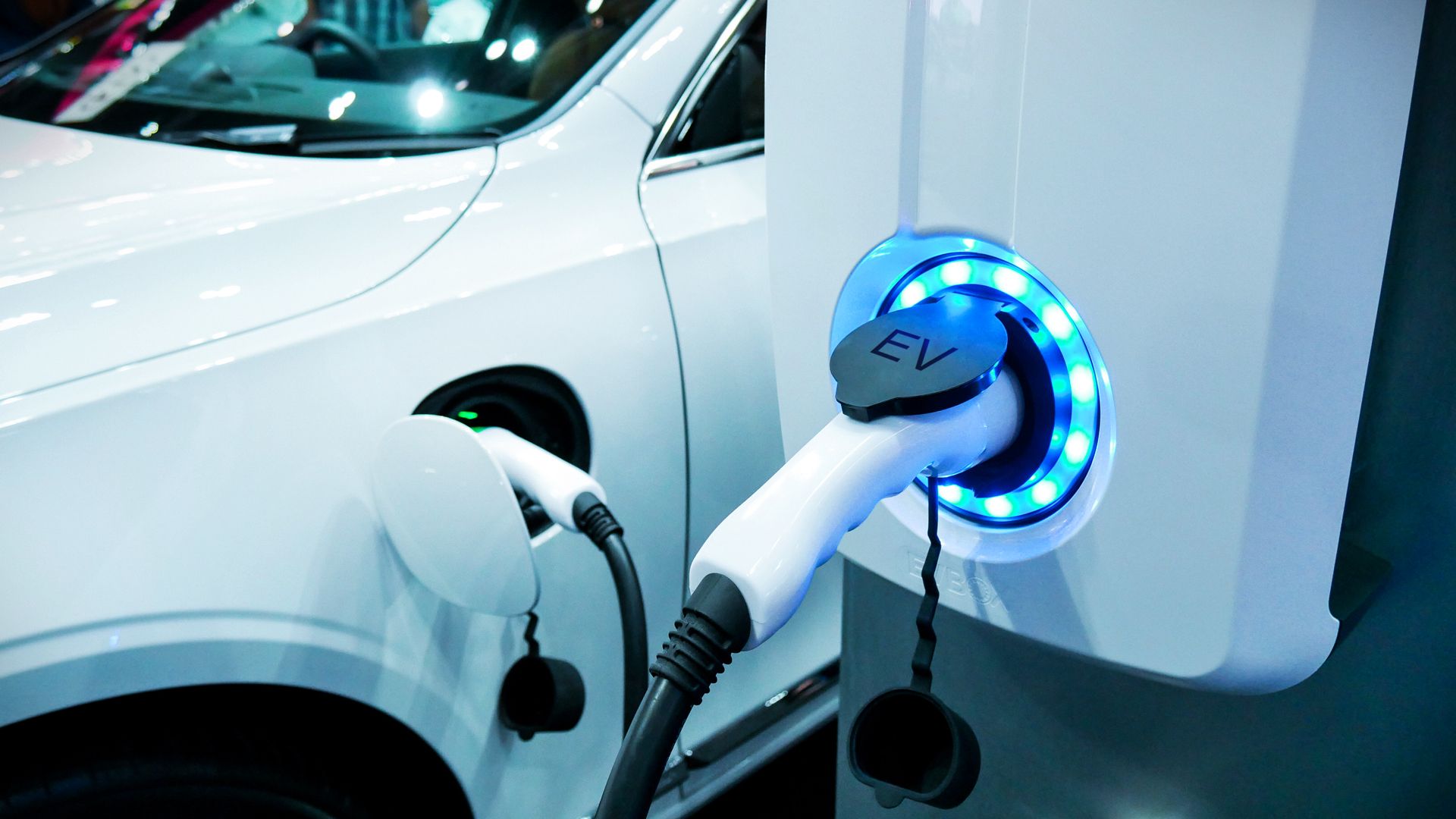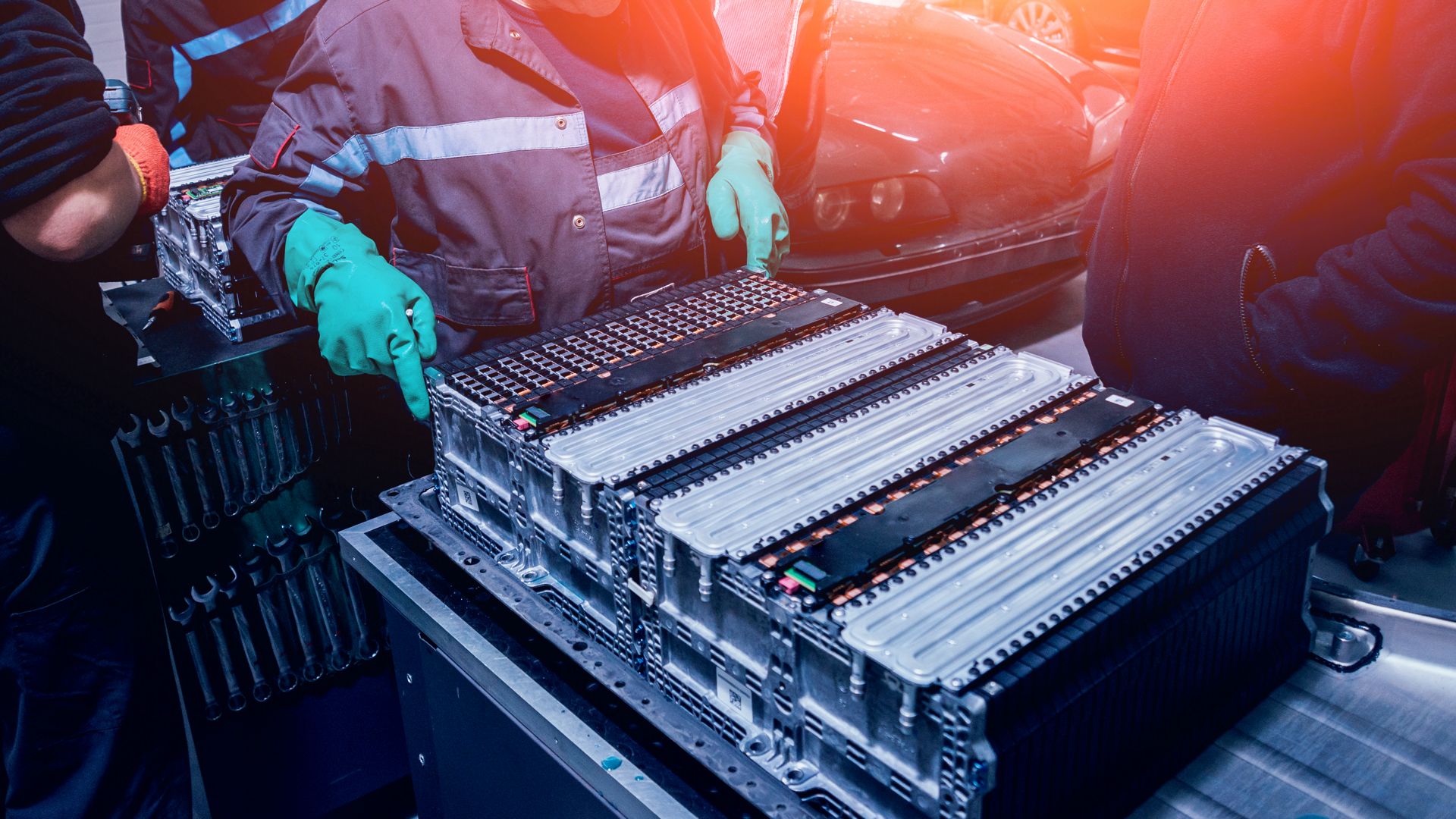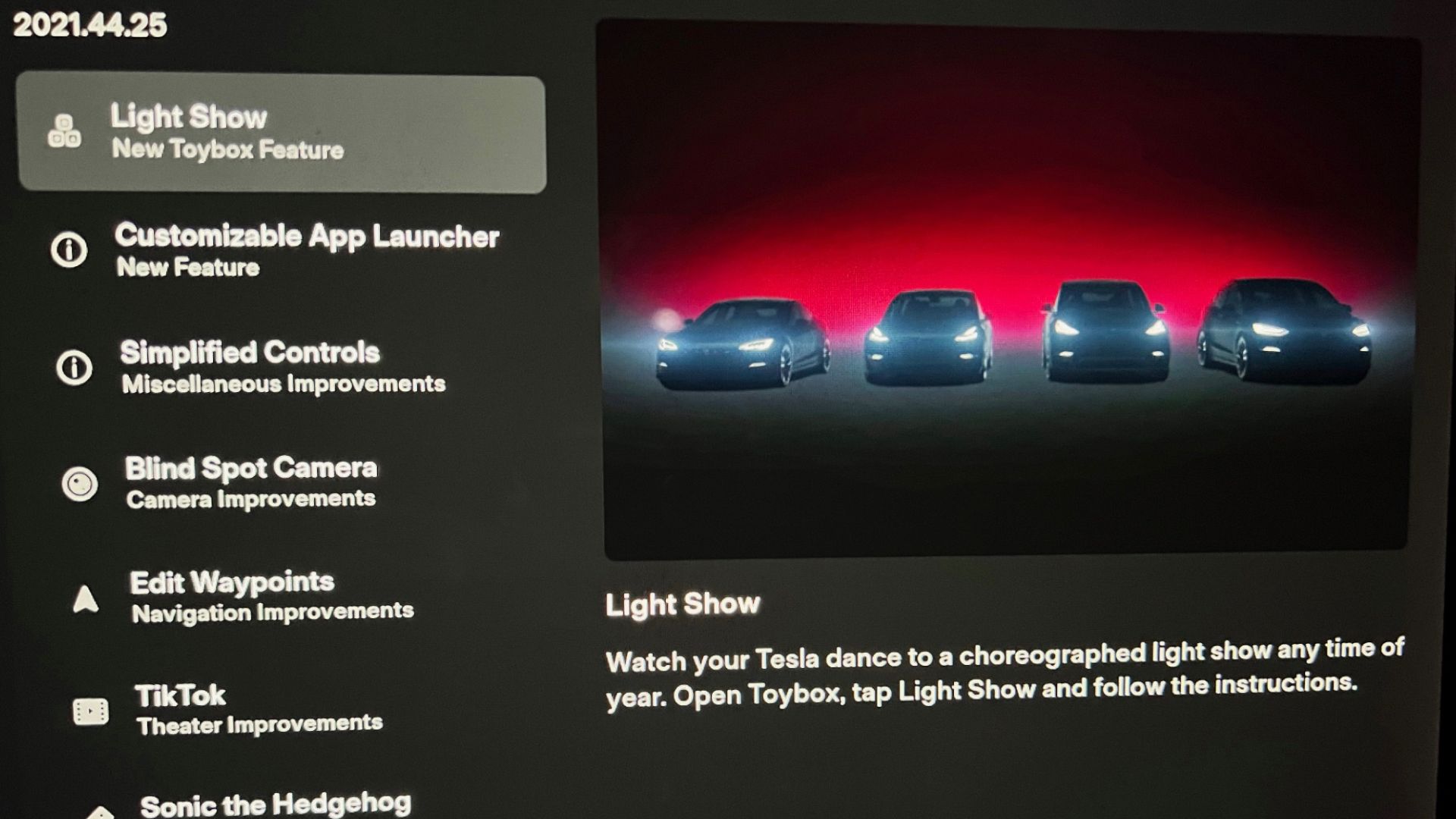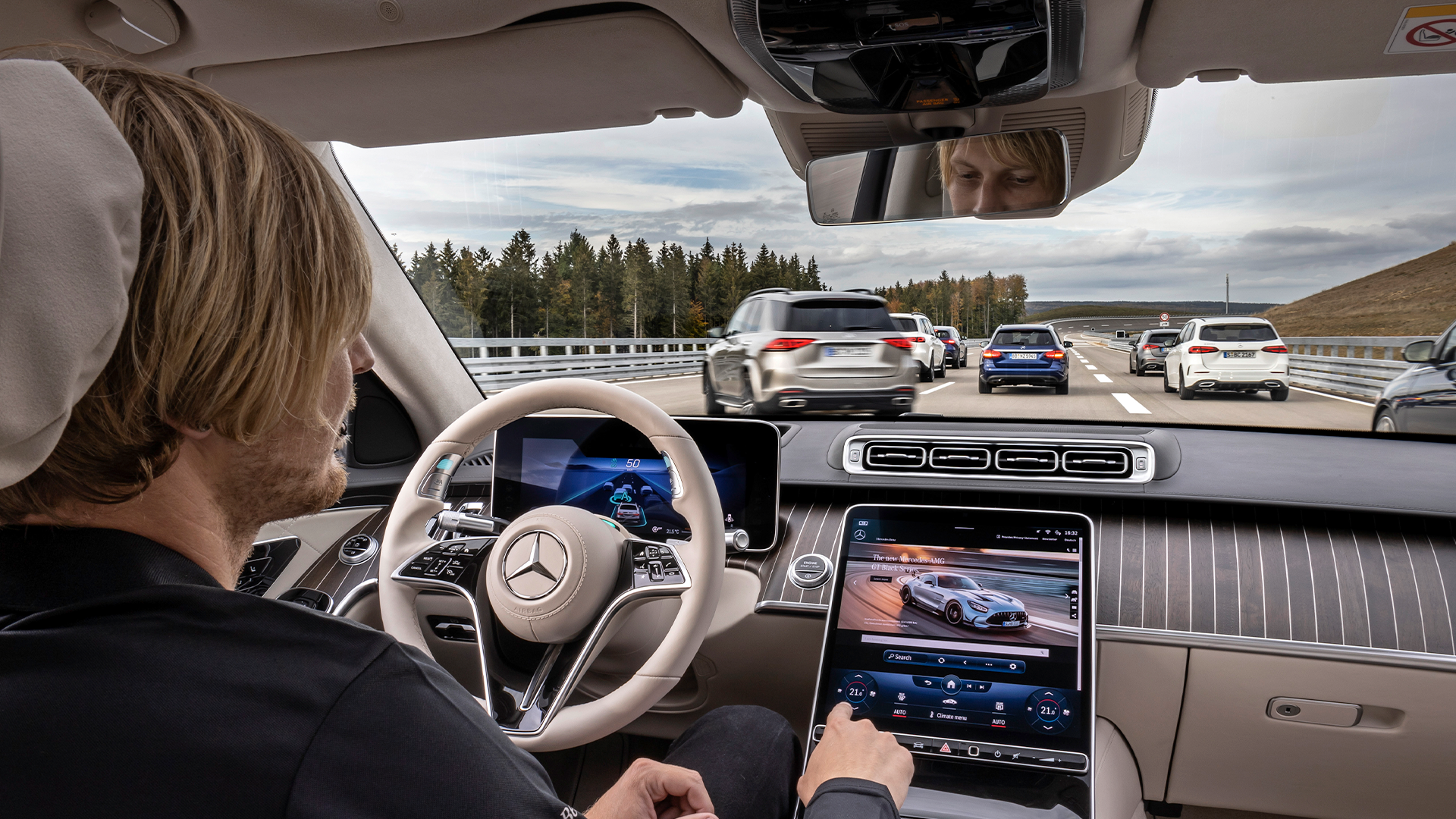Buying an electric vehicle is a lot like getting a subscription to a car. Almost no one can work on them except the manufacturer, features get locked behind in-app purchases or software updates, and those features can get disabled at the flip of a switch. If carmakers can dictate how you use your car, do you really even own it?
Now, I know this is a hot take and will certainly ruffle some feathers, but it's an honest question. It's not just Tesla, either, as every major auto manufacturer is working on or releasing their own EVs. As vehicles get more advanced, this problem will only continue. There's a difference between having and owning an EV, and I'm not sure which is better.
Repairability and Maintenance
Until the late 1980s, a cable on the engine throttle connected directly to the accelerator pedal, giving drivers total control of their engine speed and power. Throttle problems were quick, easy to diagnose, and, more importantly, fixed at home without paying exorbitant mechanic prices.
Cars now use an ETC (electronic throttle control) managed by a computer, as is just about everything else on engines these days. Naturally, this makes vehicles more difficult to repair, not to mention the glaring "right to repair" issue growing by the day when everything runs on a chip.
All repairability issues are only getting worse with EVs, making it almost impossible for the average Joe to do anything on a vehicle. If you can't easily make changes, upgrades, or repairs, it's almost as if you're only leasing the car.
I've upgraded all the suspension in my 2011 Toyota truck, added a locking differential, done all my maintenance, changed the sparkplugs twice, and much more. I've upgraded the radio as technology has improved to have fullscreen navigation, a backup camera, Android Auto and CarPlay support, Netflix, Google Maps, etc. Making these changes is all but impossible for the average person on an EV, especially when the main touchscreen controls every aspect of the vehicle.
As technology in our cars continues to advance, repairability and maintenance are becoming a real issue. Just ask any old-school mechanic or even a Tesla owner.
Upgrades or Downgrades
These days cars are like a smartphone or computer, constantly getting software and security updates, new features, and occasionally they'll even lose features. Furthermore, those fancy features aren't available to everyone who "buys" the car. Instead, you'll have to buy in-app purchases to unlock those features.
For example, Toyota once announced that users would have to pay a monthly subscription fee for remote start and keyless entry features. After widespread outrage, it reversed course and changed its mind. Essentially, you're not buying a new truck to enjoy all of its features as an owner. You're buying a new vehicle and then paying a monthly subscription to use them.
It's worth noting that this problem isn't a one-way street, and there are some benefits, although not everyone will see it that way. Remember when Tesla remotely "upgraded" vehicles during the California wildfires to give owners more mileage out of the battery to get to safety?
Is that Tesla being nice, or a prime example that you don't own the entire EV you bought? The battery packs inside the car can go further, but Tesla limits driving range through software then sell the vehicle at a lower price. And while all automobiles come in different trim levels, that's a lot different than choosing a car with or without power windows. It's not a physical difference. It's a software change that's one button click or an upgrade fee away.
In 2020, someone bought a used Tesla advertised with autopilot and full self-driving features, which at the time cost $8,000 for the previous owner to unlock and enjoy. Unfortunately, the new owner didn't get those features, as Tesla disabled them once it changed hands. Normal cars have features built-in and require a technician or mechanic to access the car to remove them physically. That's not the case anymore, and it raises questions.
Tesla keeps getting mentioned as the biggest EV brand right now, but other manufacturers are doing the same thing. We've seen performance updates locked behind $1,200 purchases, subscription services to features built-in yet locked, and much more from Mercedes, BMW, and others.
At one point, Volvo came out and specifically mentioned it'll skip this trend of subscriptions and microtransactions on vehicles. Good on them!
What If Updates Stop
What happens when your fancy electric vehicle stops getting software updates? Phones only have a certain lifespan until manufacturers stop supporting them, and eventually, cars could be in the same boat.
That could be similar to what we're seeing now, where 3G networks are shutting down and cars can no longer get updates, real-time navigation, and losing features.
Tesla owners have to spend $200 to upgrade 2015 and older vehicles to 4G or 5G services, some cars can't be upgraded at all, and select Honda's costs upwards of $900 to get car internet back. Yikes.
Or, it could be something worse if an automaker goes out of business. What would happen if Tesla or Rivian filed for bankruptcy and closed up shop? Obviously, you could still charge the battery and drive around daily, but that could cause significant changes to resale value, security, safety, upgradability, and more. New EV brands are financially unsound, so that's a real possibility.
In The Future
Honestly, electric vehicles are the future, whether you want them to be or not. That's especially true when it comes to autonomous driving, which could eventually make all the points mentioned above completely moot.
If we're thinking big picture, like the really big picture, I imagine a world where no one owns vehicles anymore. Instead, people everywhere pay a monthly or yearly subscription to access an autonomous vehicle. There's no need to get all passionate about the car you own when you don't actually drive it.
Your smart EV will pick you up at a moment's notice and drop you off wherever you want to go. There's no worrying about gas, charging, new tires, maintenance, parking, theft, or anything else. It drops you off, then goes on to the next person. After work, another car will be ready and waiting to take you home.
We're not to that point yet, but it could be here one day. For now, we'll continue to buy cars that are increasingly more difficult and costly to repair and packed with subscription fees to access features, to the point that some may feel like they don't even own their EV.




